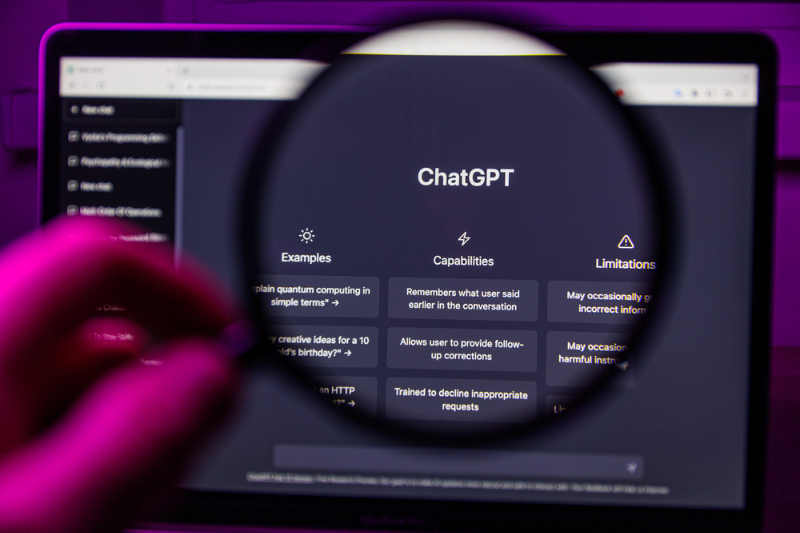
Every month, ChatGPT attracts approximately 96 million visitors. Since it can be used as a content generation, translation, and summarization tool, it has found its place in many worldwide industries. For example, digital executives have been using the tool to improve their everyday workflow. While its benefits have put it on the map, a certain amount of speculation is jeopardizing its popularity. The rising concerns about plagiarism, false answers, and lack of human insight are widely considered to be its disadvantages. In this article, we’ll introduce you to the most prominent cons of ChatGPT.
Plagiarism
One of the greatest problems with this tool from a scientific point is plagiarism. Many research facilities and academia have already prohibited its use. Others are still debating whether AI content is plagiarism or not. What separates the tool from others is its advanced use of Natural Language Processing (NLP). That’s why most experts can’t say a piece of content has been plagiarized just by looking at it. To confirm their doubts, they use specialized tools. From a marketing viewpoint, sharing plagiarized or duplicated content across the Internet can cause issues. Search engines detect such content immediately and the website may lose its credibility.
Search Intent
When this tool first appeared, most content creators started using it because it’s time efficient. They can create greater volumes of content in less time thinking it provides equal value and quality. What they later realized is that the AI-generated content merely provides answers or data to users’ queries. It doesn’t satisfy various types of search intent which is one of the content marketing goals. Such content isn’t fit for a specific audience because it doesn’t consider its demographics. For this reason, content writers shouldn’t rely solely on the tool when creating content. Instead, they can use it to collect ideas or brainstorm.
Ambiguity
ChatGPT is still evolving and that’s the main reason why it continues to make mistakes. Apart from making grammatical mistakes, it also offers factual and mathematical inaccuracies. It’s because it lacks specialized knowledge on complex topics such as mathematics, law, or medicine. More importantly, it tends to offer a well-rounded answer than the one that’s actually true. As a result, the user receives an ambiguous or even false answer. If content creators rely on this tool, they should always double-check its answers. This is especially important if they’re creating content for a specific niche. Otherwise, they may confuse the reader and fail to provide value and relevance through their content.
Lack of Human Touch
People forget that after all, this tool is still not human. Its answers might satisfy the user’s search for information, but their quality is still in question. For example, without context or subcontext, the replies can be too literal or even nonsensical at times. The tool fails to recognize slang, idioms, or colloquialisms. As a result, the answers might be too wordy or formal. Also, since it doesn’t have any real-world experiences, it can’t provide such knowledge to the user. Lastly, its replies lack a unique perspective although they might explain the topic well.
Conclusion
For months, ChatGPT has been attracting the attention of a wider audience. No wonder it’s found its way into major industries. However, most people tend to forget that every tool has disadvantages and this one is no exception. Now that you’ve read this article, you’re fully aware of its downsides. This knowledge can help you use it the right way and avoid potential problems with your marketing efforts.
You may also like: ChatGPT and Digital Marketing
Image source: Depositphotos.com



